Fifty years ago, when neurofeedback was in its infancy, there wasn’t much known about how the brain works. Brain mapping didn’t even exist yet. Neurofeedback, however, is now used to treat everything from depression to attention deficit hyperactivity disorder (ADHD), anxiety, insomnia, autism spectrum disorders, and learning disabilities. You may be wondering about the connection between brain mapping and depression in Denver, and if brain mapping can be a viable treatment for your needs. This blog will cover all your questions and deepen your understanding of how the treatment works.
What is Brain Mapping?
Brain mapping is a type of therapy that uses electroencephalography (EEG) to measure electrical activity in the brain. Brain waves tend to slow down when you’re asleep or meditating. But during times of stress, anxiety, or depression, the brain tends to speed up. By measuring changes in brain wave patterns, neurofeedback allows clinicians to identify specific areas of the brain that might be causing problems, and use that information to guide treatment.
The latest generation of qEEG machines allows researchers to pinpoint where dysfunction exists in the brain. These devices provide a map of the brain, hence brain mapping. This process reveals the location of any abnormal activity. For example, if a patient has trouble controlling their emotions and suffers from depression, a specialist can look at the brain map and determine whether the problem lies in the frontal lobes, occipital lobes, temporal lobes, or parietal lobes.
This type of brain imaging is called quantitative electroencephalography (qEEG). It’s been around since the 1980s, but only recently have we had enough computing power to make it practical. Now, qEEGs are being used to diagnose and monitor many different neurological conditions. They’re also helping us understand why some people respond better to certain treatments than others.
Brain Mapping and Depression: The Process
The brain mapping process is entirely non-invasive but requires patients to wear a cap that must be fitted for accurate measurements. A conductive agent is applied to the scalp to allow for electrode placement. You’ll then work through a series of brain exercises as the qEEG technology measures your brain wave activity.
A specially trained clinician interprets the results and develops a personalized treatment plan based on their findings. Ongoing qEEGs can be performed to evaluate progress and adjust treatment protocols.
What Makes Brain Mapping a Different Type of Treatment for Depression?
Brain mapping is an effective treatment due to its non-invasive nature and long-lasting results. Brain mapping comes with limited side effects unlike medications commonly prescribed for depressive disorder. Along with that, results from brain mapping treatments are usually more permanent because they address the root of the problem rather than masking the symptom.
Are You Ready to Try Brain Mapping for Depression?
Are you interested in brain mapping? And are depression symptoms an everyday occurrence you would like to treat naturally? Contact Braincode Centers today to set up your brain mapping consultation.




